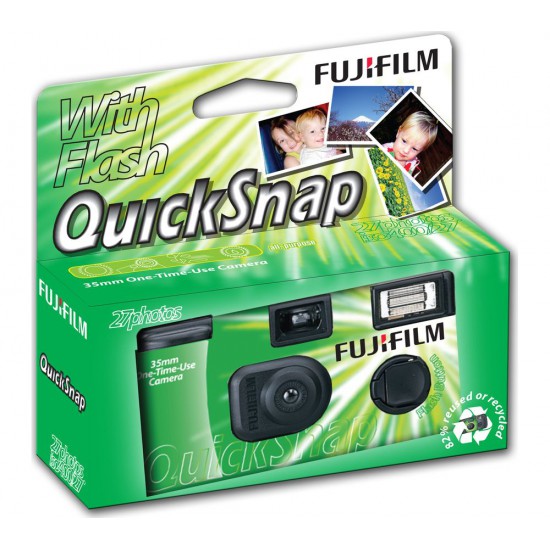Who invented the disposable camera and when?
A disposable camera, also known as a disposable camera, is a camera developed to be used only once. Most disposable cameras use fixed focus lenses.

A company called Photo-Pac built a cardboard camera in 1949 that could take 8 pictures and then required the camera to be mailed to them to process the films. Complaining about the inconvenience of this situation, H. M. Stiles invented a method that allowed 35 millimeters of film to be placed in an inexpensive case. This machine had a price tag of $1.29. Although it is similar in many respects to the disposable camera models used today, this model failed to reach a large market share.
In 1966, the French company FEX invented the disposable camera made of bakelite material. This camera, called "Photo Pack Matic", could take 12 photos of 4x4 cm.
The first disposable camera produced as it is known today was produced by Fujifilm in 1986. Known as the Utsurun-Desu ("Takes Pictures") or "QuickSnap" series, this disposable camera used 35-millimeter film. Eastman Kodak's camera used 110 films. Kodak introduced a model using 35-millimeter film in 1988 and discontinued production of the model using 110 films, renaming it FunSaver in 1989.
In Japan, Utsurun was launched in 1986 at a price of 1380 Yen and soon became popular. Konica, Canon and Nikon, who became aware of this model, which won the appreciation of consumers in a short time, launched their own models in a short time. In order to remain competitive, Fuji has launched a more advanced model by adding panoramic photography, waterproofing and flash to its previously developed model. Some cameras even had a zoom feature as a result of moving the two lenses located just behind the front cover of the camera.
